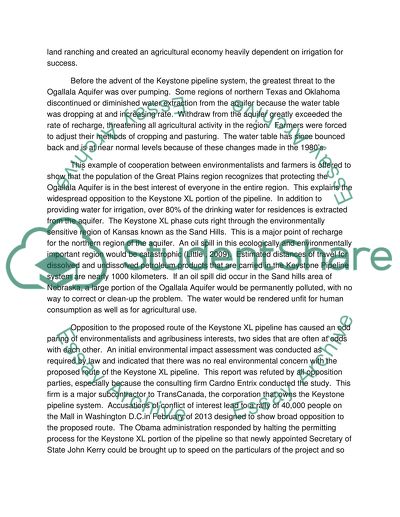Cite this document
(“Keystone XL Pipeline Analysis Research Paper Example | Topics and Well Written Essays - 3000 words”, n.d.)
Keystone XL Pipeline Analysis Research Paper Example | Topics and Well Written Essays - 3000 words. Retrieved from https://studentshare.org/law/1480816-keystone-xl-pipeline-analysis
Keystone XL Pipeline Analysis Research Paper Example | Topics and Well Written Essays - 3000 words. Retrieved from https://studentshare.org/law/1480816-keystone-xl-pipeline-analysis
(Keystone XL Pipeline Analysis Research Paper Example | Topics and Well Written Essays - 3000 Words)
Keystone XL Pipeline Analysis Research Paper Example | Topics and Well Written Essays - 3000 Words. https://studentshare.org/law/1480816-keystone-xl-pipeline-analysis.
Keystone XL Pipeline Analysis Research Paper Example | Topics and Well Written Essays - 3000 Words. https://studentshare.org/law/1480816-keystone-xl-pipeline-analysis.
“Keystone XL Pipeline Analysis Research Paper Example | Topics and Well Written Essays - 3000 Words”, n.d. https://studentshare.org/law/1480816-keystone-xl-pipeline-analysis.


